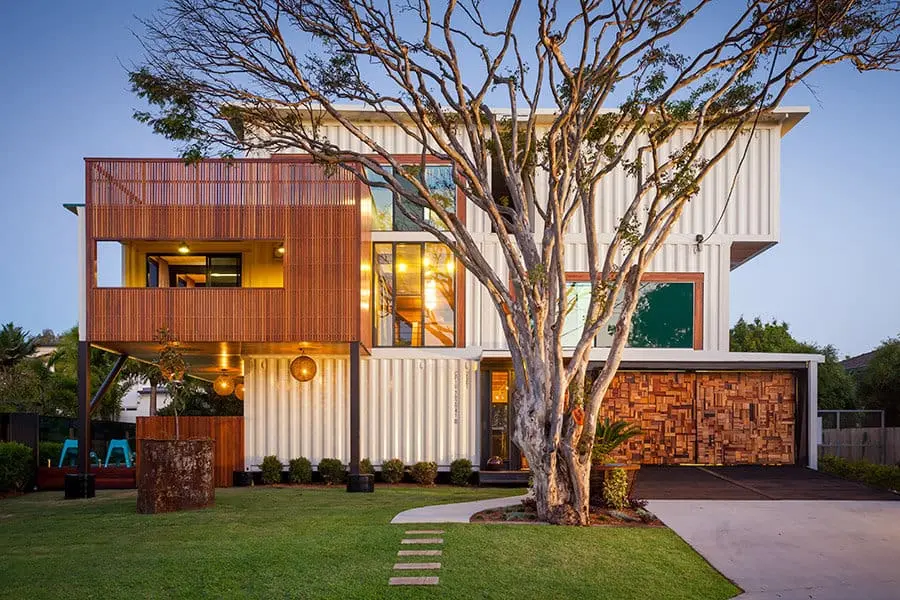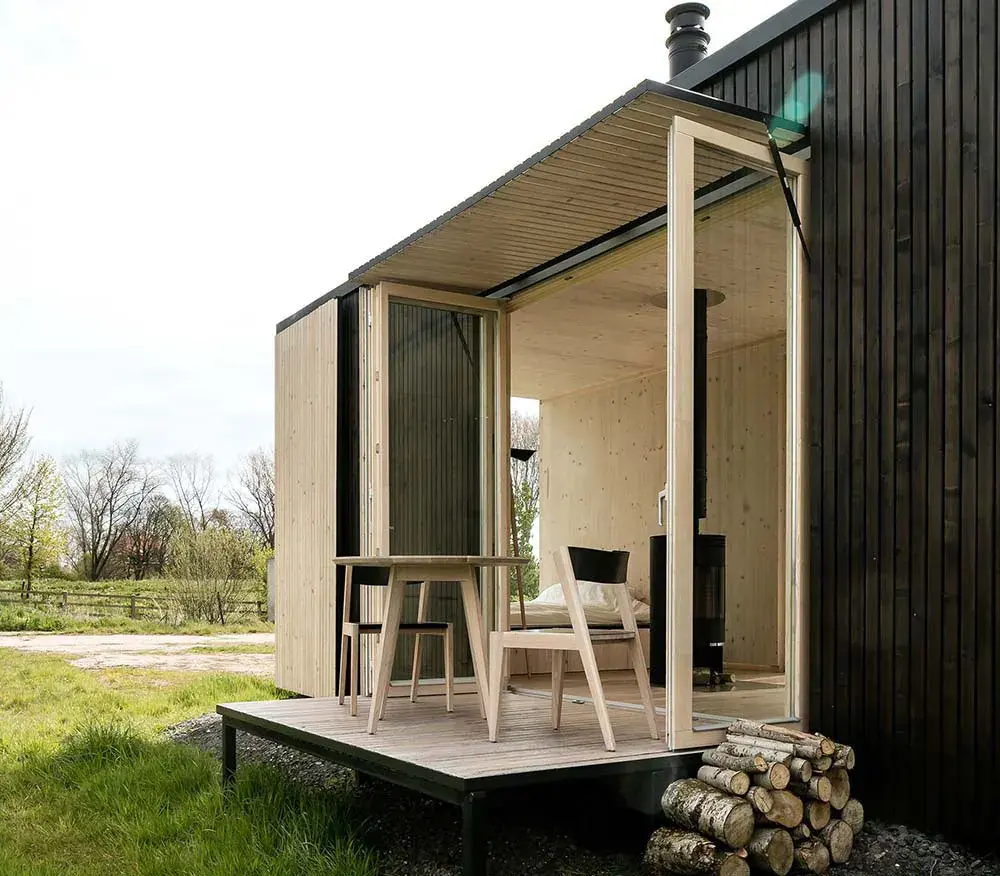Container homes have emerged as an innovative and sustainable housing solution, captivating the imagination of homeowners and architects alike. However, amidst the allure of repurposed containers lies the critical consideration of the container home cost to build. Understanding the expenses involved is essential for those considering this alternative living option.

Assessing the Initial Investment
The container home cost to build varies significantly depending on several factors. Firstly, the size and design complexity of the container structure play a pivotal role in determining the initial investment required. Additionally, the location and availability of containers, as well as labor costs, contribute to the overall expenses.
Transitioning to the actual construction process, materials such as insulation, flooring, plumbing, and electrical systems constitute substantial portions of the budget. These essential components ensure comfort, functionality, and compliance with building codes.
Factors Influencing Costs
The container home cost to build is also influenced by geographic location and regulatory requirements. Urban areas may impose stricter zoning regulations and permit costs, impacting the overall project budget. Furthermore, customization and aesthetic preferences contribute to cost differentials, as intricate designs and premium finishes incur higher expenses.
Moreover, it’s imperative to consider long-term savings and benefits. While the initial investment may appear substantial, container homes often boast energy-efficient features, resulting in reduced utility expenses over time. This aspect contributes to the overall affordability and sustainability of container home living.
Evaluating Cost-Effective Strategies
Exploring cost-effective strategies is crucial for mitigating expenses without compromising quality. Sourcing used containers and salvaged materials can significantly reduce construction costs while contributing to sustainability efforts. Additionally, engaging experienced professionals and adhering to realistic timelines minimize project overruns and unexpected expenditures.
The container home cost to build extends beyond the initial construction phase. Maintenance and upkeep expenses, including repairs and modifications, should be factored into long-term budgetary considerations. By adopting proactive maintenance practices and investing in durable materials, homeowners can mitigate future expenses and ensure the longevity of their container homes.
Conclusion
In conclusion, understanding the container home cost to build is paramount for prospective homeowners embarking on this unconventional living journey. By assessing initial investments, evaluating influencing factors, and exploring cost-effective strategies, individuals can make informed decisions aligned with their budgetary constraints and lifestyle aspirations. Ultimately, while container homes offer a unique blend of affordability, sustainability, and innovation, prudent financial planning and careful consideration of expenses are essential for realizing the full potential of container home living.
